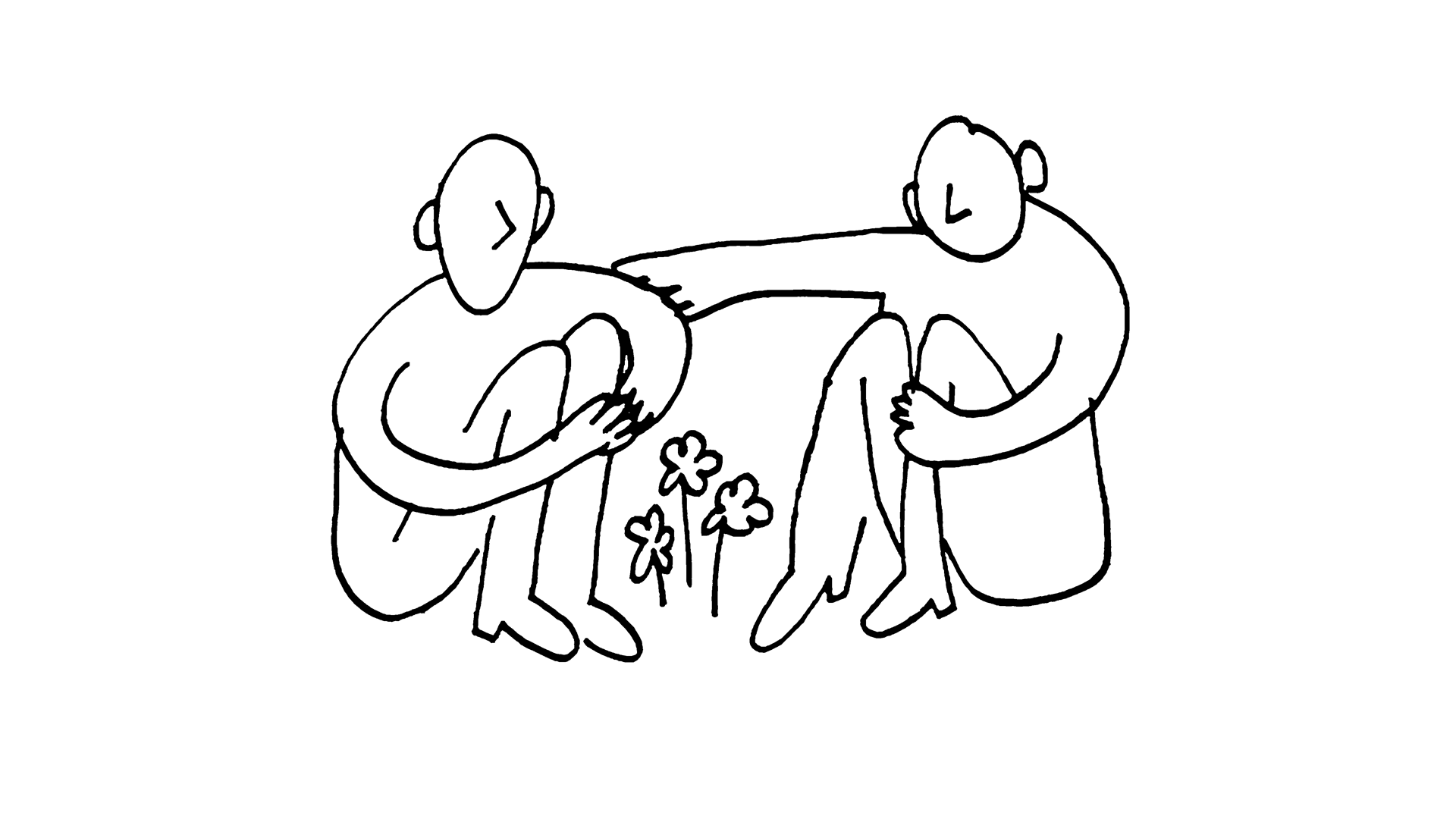Reaching Communities

Creating spaces for communication and collaboration isn’t just about providing a platform—it’s about making sure everyone feels heard, valued, and like they’re part of something meaningful. It’s about being intentional in how we engage with people, ensuring that our interactions are genuine and not just about getting things done.
Rather than relying solely on formal invitations or public announcements, we prioritize personal engagement when organizing events in Prishtina or elsewhere. This approach ensures that even the voices of those who are often left out are heard and considered in shaping our work. By meeting people where they are—whether in their homes or in the places they frequent, such as community centers or local gatherings—we go beyond digital methods to build deeper connections and truly understand the needs of the community. This allows us to create more inclusive and impactful events.
This personal engagement shapes our work with key spaces like Galeria 17 and Rezidenca 17. From the beginning, Galeria 17 has been committed to involving the local community. In fact, the first group invited to the gallery were the local residents of the neighborhood near the space in Prishtina, who had the opportunity to experience the inaugural exhibition before anyone else. Since then, every exhibition is followed by an educational and outreach plan. This involves reaching out to schools, universities, and various nonprofit organizations and associations working on similar topics and inviting them to visit the gallery. Depending on the theme of each exhibition, we also invite teachers, lecturers, and students to hold classes, discussions, or reflections at the gallery. Additionally, we document and archive all the exhibitions in a 360-degree format, allowing groups who are unable to visit physically, due to various reasons, to experience the exhibition through VR technology.
One of the most impactful moments of this engagement occurred when we introduced a VR exhibition to a group of students who had never experienced art in such an immersive way. Many of these students came from schools in Kosovo where exposure to new technologies was limited and opportunities for such experiences were rare, primarily due to a lack of infrastructure and the difficult conditions in many schools. Their excitement was contagious, with one student remarking, “I feel like I’m walking inside the space!” This experience demonstrated the power of new technologies to make art more accessible, particularly to those who might not have the opportunity to visit a traditional gallery due to their location or financial limitations.
Rezidenca 17 follows a similar philosophy in its development. From the outset, we engaged various groups in the restoration of this neglected public space—the former house of Hivzi Sulejmani, which is now home to Rezidenca 17—collaborating with NGOs and students of architecture, art, and design from public and private universities in Prishtina. Regular ongoing community meetings have been key to shaping the residency’s programs and services to meet local needs. We have also been involving the neighborhood in the design of the outdoor space. To boost attendance and ensure diverse participation, we personally invite people, explaining our mission and encouraging them to join. This direct approach has led to more spontaneous participation and a broader range of voices in the conversation.
We also make it a point to go beyond the local neighborhood. One of our most important ongoing projects, Metamorphosis, focuses on uncovering the history and collective memory associated with abandoned buildings. In the context of Prishtina, many of these buildings are tied to the city’s rapid urbanization and the sociopolitical upheavals that have shaped Kosovo over the past few decades. Following the war in the late 1990s and subsequent political transitions, Prishtina—like many post-conflict cities—has seen a mix of development, neglect, and dislocation. Abandoned buildings reflect this history of disruption and shifting communities. Through this project, we draw attention to the stories behind these buildings and invite the community to share their reflections. This initiative is accompanied by publications and exhibitions that document the contributions of local communities to preserving and interpreting their collective memory. Through Metamorphosis and other site-specific interventions, we literally knock on doors, inviting people to participate in research into collective memory. By engaging them in such research, we not only create art but also ensure that their experiences and stories are part of the narrative. It’s about bringing people into the conversation and making them feel that they have a stake in what’s being created.
Through this personal outreach and collaboration, we create environments where communication leads to collaboration, and collaboration leads to transformation. This is how we bridge divides—between people, ideas, and opportunities—and create lasting, meaningful impact.